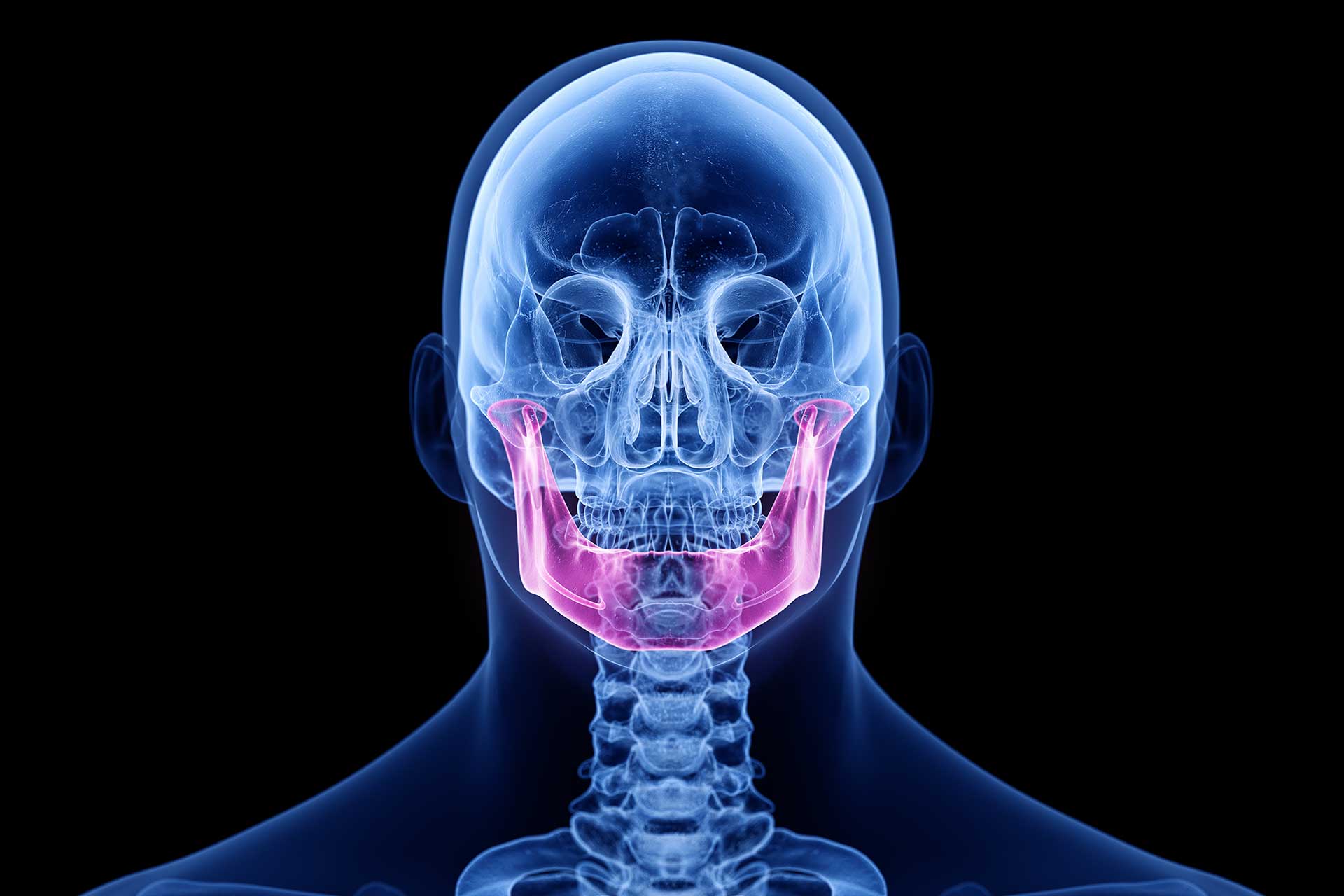Masticatory organ dysfunction / Occlusion
Incorrect occlusion or the lack of proper relationships between maxillary and mandibular teeth is the cause of numerous problems – both dental and systemic. At Vinci Clinic, we have a whole array of tools which allow us to treat different types of masticatory organ dysfunctions and restore correct occlusion.
It’s common for patients with occlusal problems to spend years seeking help from ENT specialists or neurologists, yet the person who could effectively help them is a dentist specializing in treating masticatory disorders.
Occasionally, patients with less obvious symptoms of occlusal disease decide to visit our clinic.
Such symptoms may include tooth hypersensitivity to cold and hot foods, enamel cracking, chipping of tooth fragments, jaw pain radiating to the ear area, tinnitus, loose teeth, toothache of unknown origin (teeth are properly treated, but ache for no reason) or soreness in various areas of the face. Malocclusion can also lead to pathological tooth wear and negatively affect the patient’s smile esthetics. Short and worn down teeth with uneven edges not only cause bite deformation, but also make the face appear much older.
The longer, the worse
Occlusal problems take years to build up. Masticatory dysfunction develops in several stages and initially may cause only little discomfort. This is because the entire stomatognathic system (comprising teeth, craniofacial muscles, and joints) adapts to pathological occlusal conditions at the beginning. Over time, however, the ‘snowball’ effect kicks in – one abnormality leads to another, causing severe functional disorders of the entire masticatory organ. Patients are often unaware that problems such as lockjaw or difficulties with closing and opening the mouth may originate in a rather trivial problem, such as worn down and uneven teeth. Ultimately, it becomes necessary to perform a comprehensive restoration of the entire stomatognathic system rather than just treating a single tooth.
Symptoms of occlusal disease
Improper contact between the upper and lower teeth leads to various complications over time. The most common symptoms of occlusal disease include:
- a popping sound in the temporomandibular joint (which may be accompanied by clicks and cracks)
- tense facial, neck and nape muscles
- frequent disruptive morning headaches
- uncontrolled grinding and subconscious clenching of teeth in stressful situations (bruxism)
- toothache or facial muscle pain that occurs when biting food
- worn down teeth
- teeth fragility and mobility
- hypersensitivity to heat or cold
- pain of healthy tooth of unknown origin
- migraine-type pain
- progressing dental recessions
- ear pain
Treating occlusal problems can be complicated and lengthy
Treatment of occlusal problems is always tailored to an individual patient and takes into account their oral conditions. Thus, there is no one universal method used by the dentist for all patients. Depending on the factors that prevent proper occlusion, your dentist may suggest, for example:
Equilibration – which includes selective grinding of teeth involved in so-called premature contacts. The procedure is painless and completely safe for the teeth (doesn’t cause any enamel damage).
Correction of existing fillings by adding or subtracting filling height or changing the shape of the filling (which cannot be flat; it should replicate the natural chewing surface of the tooth). Typically, equilibration and correction of fillings greatly improve biting comfort and provide considerable relief to the patient.
However, in some more complicated cases, prosthetic or orthodontic treatment needs to be implemented. Sometimes, occlusal problems cannot be cured or eliminated without the intervention of an oral surgeon or implantologist. However, in most cases, a combination of different therapeutic methods and careful timing is required to achieve a satisfactory result.
What do patients with masticatory organ problems get when visiting Vinci Clinic?
- Thorough and comprehensive diagnostic tests which enable the most optimal way to correct a dysfunctional masticatory organ to be designed.
- Comprehensive and properly timed treatment, which takes into account the patient’s financial capabilities. We propose temporary solutions that, on the one hand, allow the therapeutic effects to be maintained and, on the other hand, are not excessively burdening for the patient’s budget.
- The most advanced technique of treating occlusion Kois deprogramming, functional occlusion according to Dawson Academy.
- Care from a team which comprises different specialists who – in many cases – make decisions concerning further therapeutic steps together.
- Access to archived materials, such as digital photographs and videos documenting successive stages of treatment.

